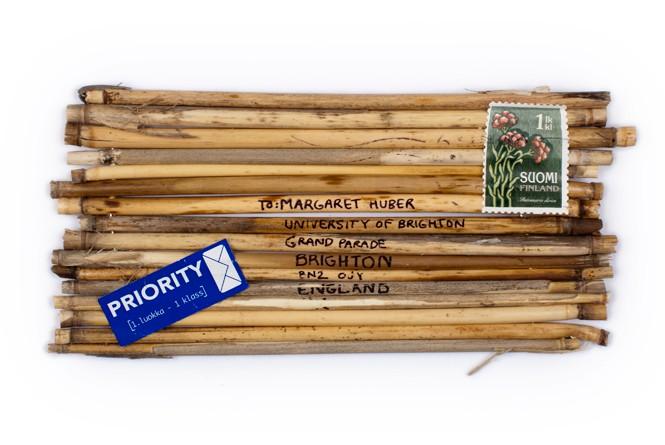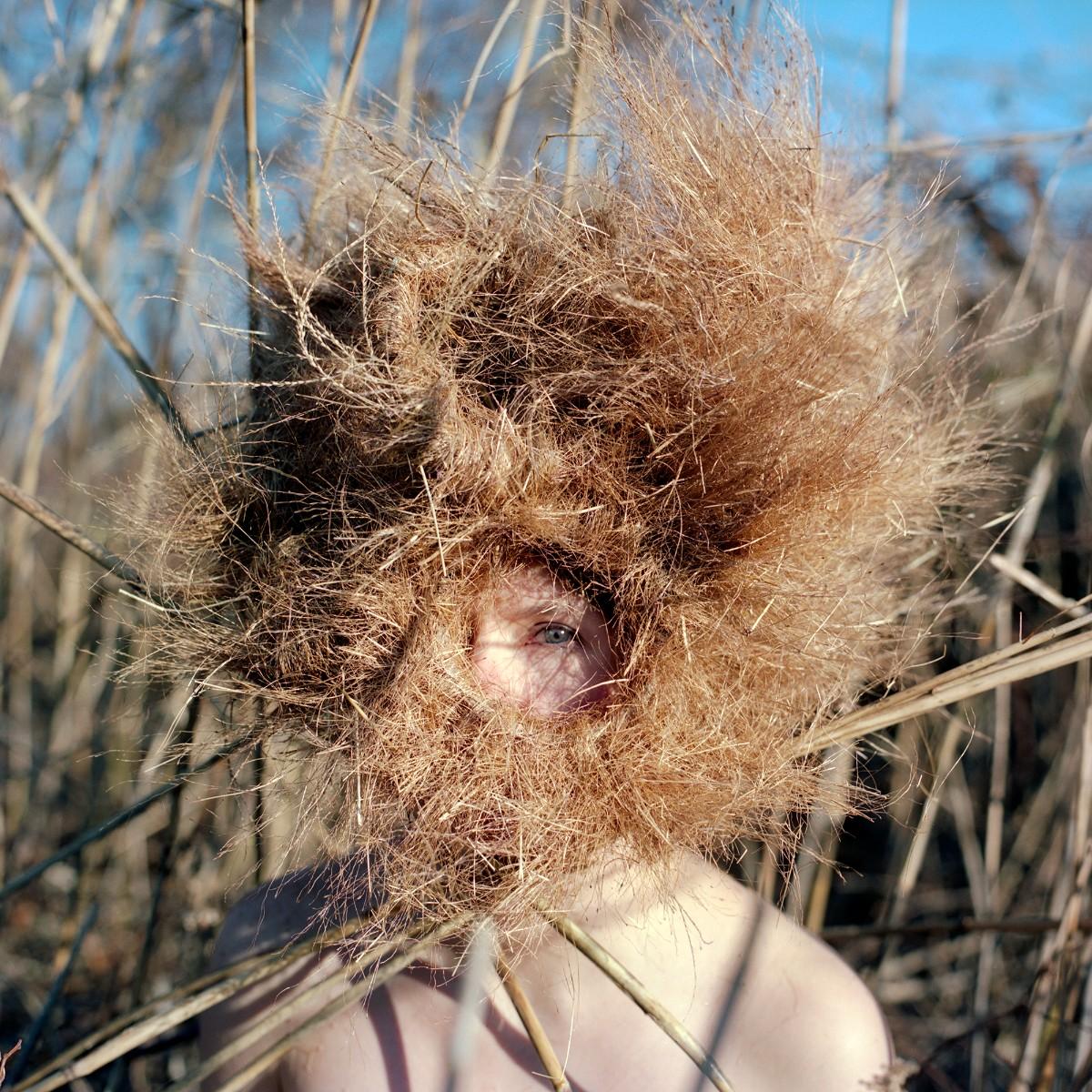Allison Janae Hamilton creates contemporary fables and myths by telling, retelling, listening, and relistening to the silenced stories of Black people in the South. During her trips to Florida and Tennessee she collects natural objects, such as, tree branches, feathers, and horse hair which she combines with human made objects to create imaginative totems; mythical animals and enigmatic sculptures. Imbued with snippets of personal accounts, spiritual beliefs, experiential and cultural memories, Hamilton’s hybrid characters speak to the long history of erasure of African American experiences of the land and the natural environment.
Linking colonial voyages of discovery to contemporary tourism, Joiri Minaya explores the appropriation of local land, oceans, and labor by the tourism industry in Haiti and its consequences; racist souvenirs, economic dependence, and tourist spectacles. It seems our demand for the illusion of a “paradise island” creates an alarming yet invisible reality for local inhabitants.
Through their poetry, artist Demian DinéYazhi ́ born to the clans Naasht'ézhíTábąąhá (Zuni Clan Water's Edge) and Tódích'íí'nii (Bitter Water) of the Diné, tells stories of the entangled relations between land, Native culture, and exploitative colonial, capitalist economic and political systems. Their work honors the evolution of traditional Diné practices, ceremonies, and interactions with the land, while challenging dominant narratives of race, authenticity, class, and gender.
Rooted in research-based art practices, all the artists presented in this exhibition connect us back to nature as heritage, culture, memory, and human right through paintings, sculpture, photography, and installation art. They take into consideration the voices of those with the most intimate knowledge of the natural environment and comment on their experiences of adaptation, resistance, and relocation. Their work represents positive action and supports our greater interconnectedness.


























![DEl Kathryn Barton [Australian b. 1972] the more than human love , 2025 Acrylic on French linen 78 3/4 x 137 3/4 inches 200 x 350 cm Framed dimensions: 79 7/8 x 139 inches 203 x 353 cm](/sites/default/files/styles/image_5_column/public/ab15211bartonthe-more-human-lovelg.jpg?itok=wW_Qrve3)



